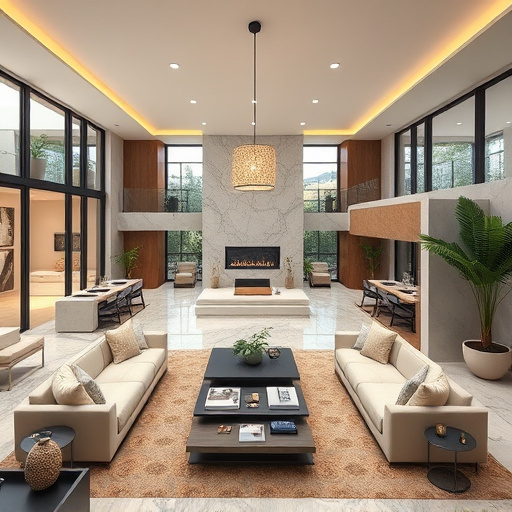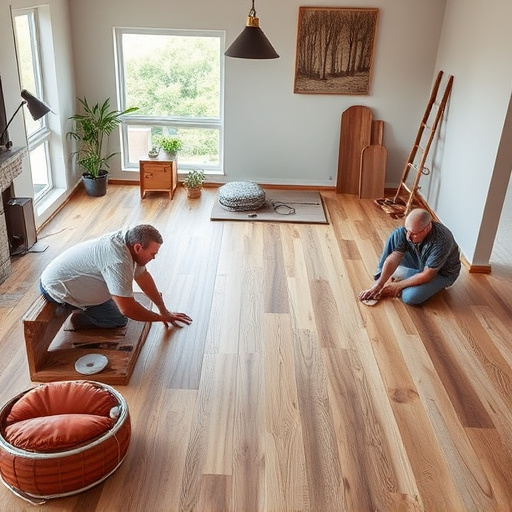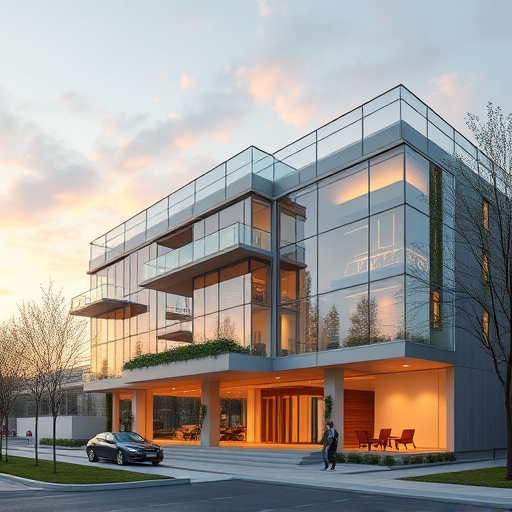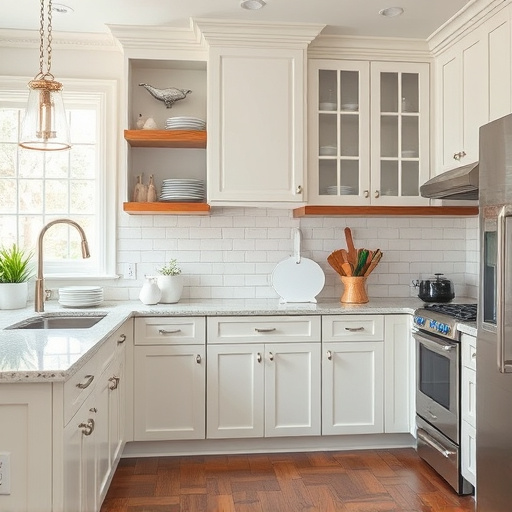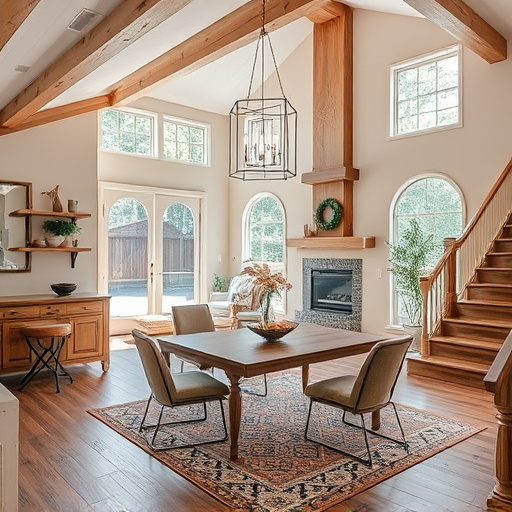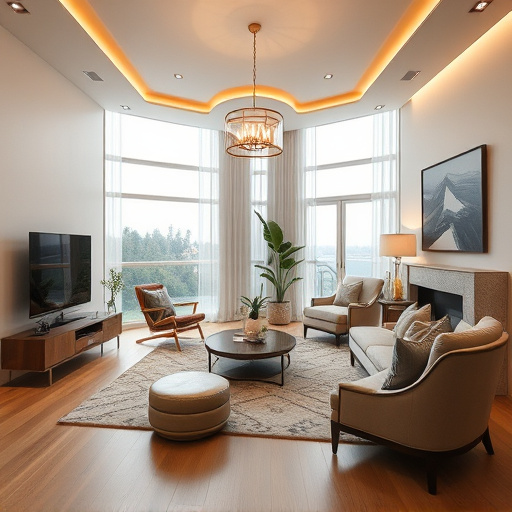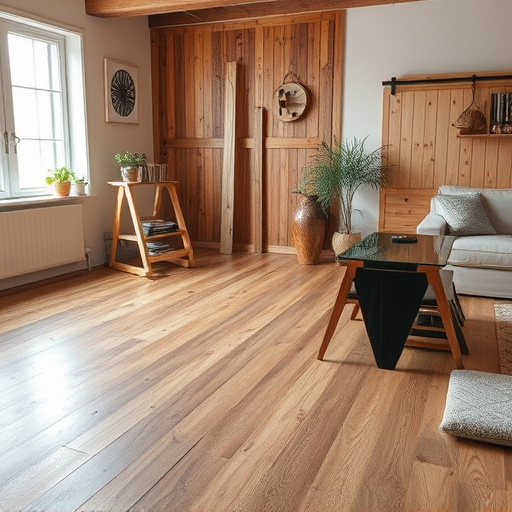When planning a commercial renovation, prioritizing brand preservation and enhancement is vital for creating spaces that reflect a company's unique identity. Customization, aligning design with brand values, and selecting materials that match aesthetics and functionality are key to a successful renovation. Misalignment can lead to dissonance, undermining the brand's message and customer connection. For startups or small businesses, strategic considerations like branding through painting or layout design are crucial to avoid a visually impressive but practically disappointing space that negatively impacts brand perception.
In the realm of commercial renovation, a project that promises transformation can turn into a brand-damaging nightmare if not executed thoughtfully. This article shines a spotlight on critical mistakes that business owners and managers often make during renovations, specifically focusing on how these errors can hurt your brand’s identity and operations. From misaligned design to budget overruns, we’ll explore essential considerations for a successful commercial renovation that supports—not sabotages—your brand.
- Not Understanding Brand Identity During Renovation
- – The importance of aligning renovation with brand values and aesthetics
- – Risks of a renovated space not reflecting the brand's essence
Not Understanding Brand Identity During Renovation
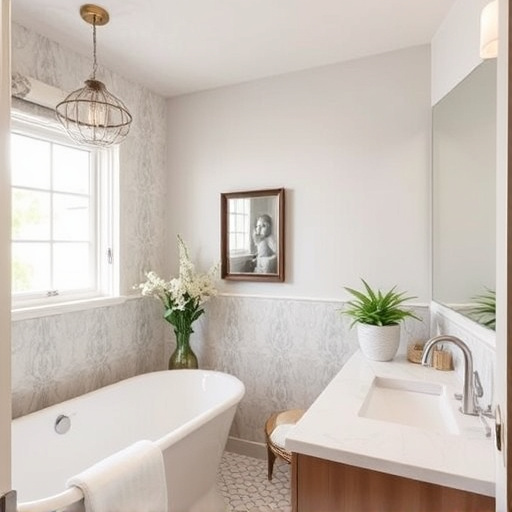
When embarking on a commercial renovation project, it’s easy to get caught up in the logistics and design details, but one crucial aspect is often overlooked: understanding and preserving your brand identity. A business’s brand is more than just its logo; it encompasses the values, culture, and aesthetics that set it apart from competitors. During renovation, these unique attributes can be easily distorted or lost in translation.
For instance, a tech startup might envision a sleek, modern office space to reflect their innovative spirit. However, if the renovation team fails to consider this specific brand identity, the resulting design could end up being overly generic and fail to create the desired impact. Customized work that aligns with the company’s values is essential, whether it’s incorporating unique architectural features inspired by their mission or choosing color palettes that resonate with their target audience. Remember, a successful commercial renovation goes beyond physical changes; it should enhance and embody the essence of your brand, including in spaces like kitchens, which are often the heart of any business.
– The importance of aligning renovation with brand values and aesthetics
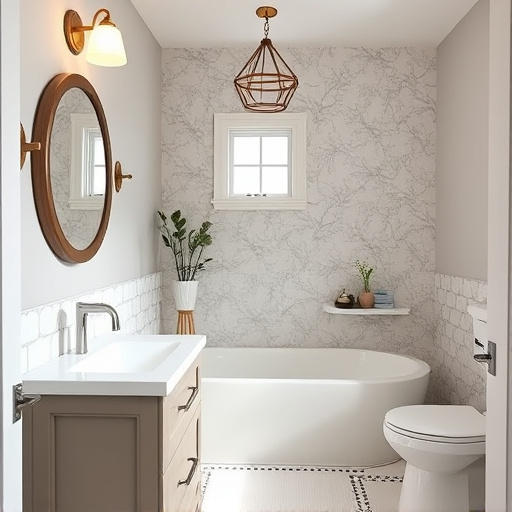
When embarking on a commercial renovation project, aligning your design choices with your brand’s core values is paramount. Your physical space serves as a reflection of your business identity, and an ill-conceived renovation can send the wrong message to clients and customers. This is particularly true for customizable home renovations where every detail, from the color palette to the layout, should resonate with your brand story and aesthetic.
For instance, if your brand prides itself on modernity and minimalism, a cluttered kitchen and bath space might contradict this image. Similarly, while a kitchen remodel can be an opportunity to elevate functionality, it must also preserve the essence of your brand. Choosing materials, fixtures, and appliances that align with both design preferences and practical needs ensures a harmonious renovation that strengthens your brand presence in the marketplace.
– Risks of a renovated space not reflecting the brand's essence
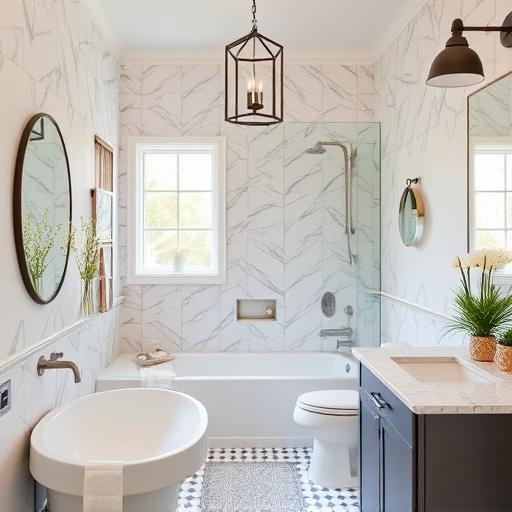
When undertaking a commercial renovation, one of the biggest risks is that the finished space fails to align with the brand’s essence. A brand’s identity is more than just its logo; it encompasses the values, personality, and overall atmosphere it projects. If a renovated office, store, or showroom doesn’t reflect these elements, it can create a dissonance that undermines the brand’s message. For instance, a tech startup moving into a space that feels too corporate or traditional might struggle to connect with its target audience. Similarly, a cozy coffee shop chain opening a branch in a stark, modern building risks losing the intimate ambiance that draws customers.
This misalignment can be particularly problematic for smaller businesses or startups investing heavily in their first physical location. A renovated space should not only attract customers but also embody the brand’s unique character. Whether it’s through thoughtful interior painting to incorporate subtle branding elements or strategically designed layouts that encourage the desired customer experience, every detail matters. Failing to consider these aspects can result in a commercial renovation that looks impressive on paper but falls flat in practice, hurting the brand’s perception and potential for success.
Renovating your commercial space is an exciting step for any brand, but it’s crucial to avoid common mistakes that could hinder your success. Understanding and adhering to your brand identity throughout the process is non-negotiable. A renovation should enhance and reinforce your brand’s values, aesthetics, and overall customer experience. By carefully aligning the design with your brand, you ensure a harmonious space that resonates with your target audience and solidifies your unique position in the market. Remember, a well-executed commercial renovation can elevate your brand image, but a misstep could leave a lasting negative impression.



